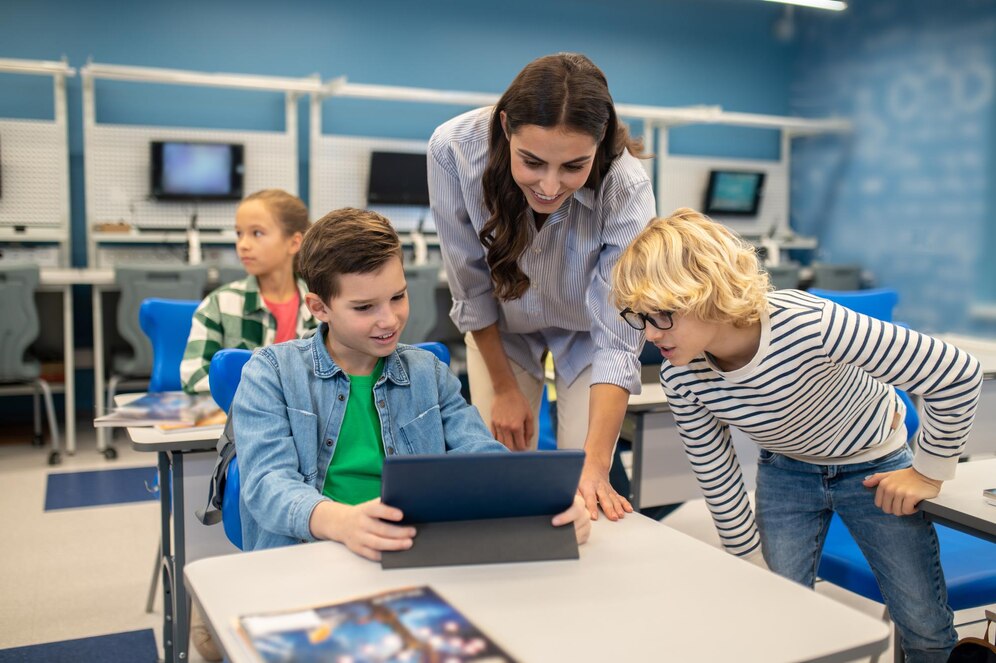In today’s advanced age, consolidating innovation into classrooms has gotten to be a essential angle of advanced instruction. Classroom innovation integration involves the use of digital tools, devices, and online resources to enhance both teaching and learning experiences. From interactive smartboards and tablets to virtual learning environments and online collaboration platforms, technology opens up numerous opportunities to improve educational outcomes, foster creativity, and create more dynamic interactions between teachers and students.
One of the primary benefits of integrating technology in classrooms is its ability to personalize learning. Digital tools and educational apps allow students to engage with content at their own pace, offering customized lessons, activities, and quizzes. These tools can adapt based on a student’s individual progress, helping them strengthen areas of weakness while advancing through content they’ve mastered. This personalized approach not only enhances learning efficiency but also ensures that each student’s unique learning needs are addressed, resulting in more effective education.
Moreover, technology promotes enhanced collaboration and communication in the classroom. With tools like video conferencing, collaborative documents, and instant messaging apps, students can easily work together on projects, share ideas, and engage in discussions with their peers and teachers. This fosters a sense of community and teamwork, essential for developing critical thinking and problem-solving skills. Technology also helps bridge the communication gap between teachers, students, and parents by providing a convenient platform for updates, assignment tracking, and feedback.
However, successful classroom technology integration does come with challenges. Not all schools have access to the necessary technological infrastructure, which can lead to unequal learning opportunities among students. Additionally, teachers must be well-trained to effectively use these tools and integrate them into their teaching practices. To address these issues, it is crucial for schools to invest not only in the technology itself but also in training programs for teachers. When implemented thoughtfully and supported with the right resources, technology can revolutionize the classroom, making learning more engaging, accessible, and inclusive for all students.







